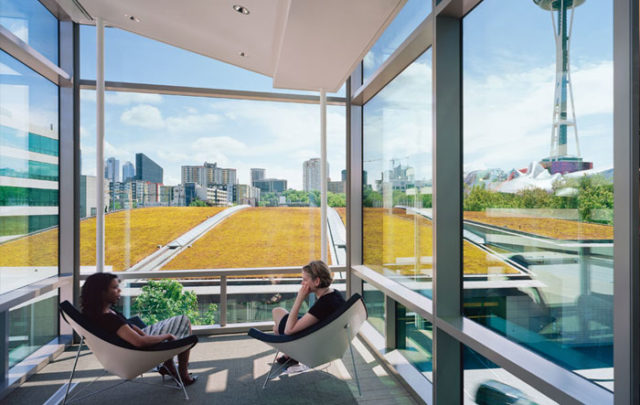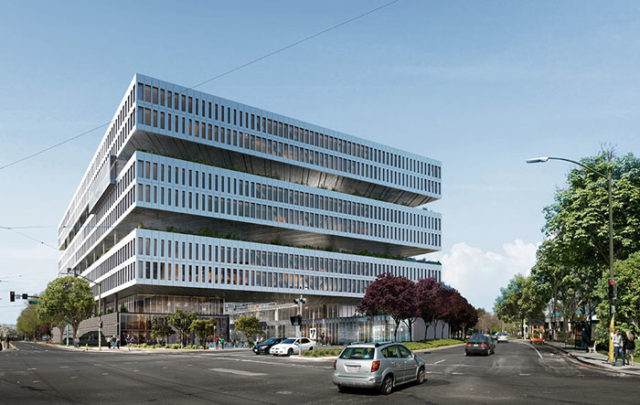Reinventing Cities for an Age of Purpose
May 19, 2014 — Blog
Cities have long been centers of innovation and economic might, and the information economy has coincided with a tremendous rise in urbanization around the world. The statistics are by now familiar: the world population years ago became 50% urbanized, and is expected to exceed two-thirds urbanization by 2050. Even the United States, long noted for its suburban sprawl and automobile-dependent lifestyles, saw its major cities grow faster than their suburbs for the first time in 90 years.

The Choice to Live in Cities is Cultural
Millennials and Baby Boomers alike are increasingly moving to cities for the opportunities they afford: for employment, active lifestyles, sustainable living, community and meaning. As the Urban Land Institute notes [PDF], “the choice to live in cities in no longer economic, but has now become cultural.” This new generation of workers, consumers, and citizens is increasingly looking for experiences that connect to a greater purpose, enabling them to have social impact and find like-minded communities.
Many companies, too, are undergoing a fundamental shift from emphasizing profit to the exclusion of all else, to emphasizing sustainable growth, social good, environmental responsibility and individual purpose. Those that don’t will find themselves unable to meet the expectations of the 78% of Millennials who believe businesses are responsible for making not just money, but also a difference in the world. Many of these trends are examined at length in a new book by Aaron Hurst, The Purpose Economy.

Purpose Cities – How Can We Spark Radical Change?
This new trend raises a number of questions: How can cities prepare for this radical change in working and living priorities, amongst both their citizens and their local companies? What qualities will make a city successful at meeting the needs of these constituents? How can cities enable their residents to live lives filled with purpose and meaning?
Some current initiatives are already beginning to answer these questions. In an interview with NBBJ, Hurst noted that Santa Monica recently established the Wellbeing Project to evaluate “wellbeing” as a key metric of the city’s success — much like Sustainable Seattle’s Happiness Initiative. In tandem, Imperative is piloting the “Cities of Purpose” project in Atlanta, which brings people together around a dinner table to dream big about the future of their city.
This phenomenon is also being reflected in the work of large foundations and other organizations that treat urban issues, such as the Bill & Melinda Gates Foundation, or former New York City Mayor Michael Bloomberg’s new — and pro bono —Bloomberg Associates.

Developing Long-term Visions for the Purpose City
The New Cities Foundation, too, will soon partner with NBBJ and Imperative for a workshop, appropriately titled “The Purpose City,”.Held on the last day of the New Cities Summit in Dallas (June 17-19), the workshop will convene 50 of the world’s most dynamic urban leaders — mayors, policy makers, entrepreneurs, business leaders, designers, planners, scientists, technologists, activists and citizens. Participants will discuss and develop long-term visions and specific action plans for the Purpose City, using a combination of debates and hands-on design exercises.
All of these initiatives, with any luck, will help us build cities that are more dynamic, equitable and sustainable. But the greatest element of a Purpose City comes from the people who inhabit it, who imprint their hopes, dreams and aspirations on their neighborhoods and skylines. Just as a “typical” city provides the infrastructure — streets, buildings, power, water, government — necessary for people to live and work, the Purpose City will provide the foundation for citizens to choose a more meaningful lifestyle. Developing and sustaining this environment will be the primary challenge for successful cities in the 21st century.
“The Purpose City” will take place on June 19 in Dallas; visit thepurposecity.com for more details.